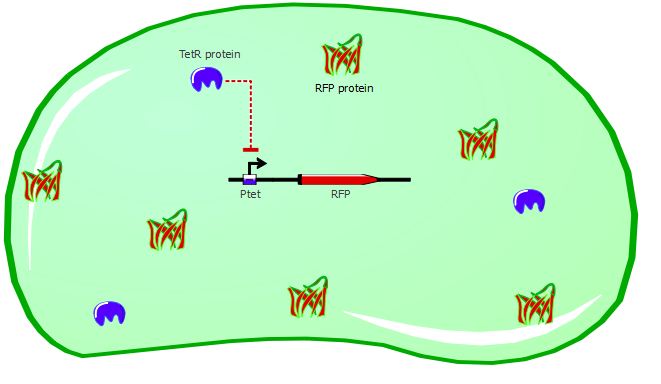Team:EPF-Lausanne/Our Project/Assembly/Ptet
From 2011.igem.org
(Difference between revisions)
| Line 4: | Line 4: | ||
We added increasing concentrations of ATC in order to see if the DH5alpha cells that we used for the transformations expressed a lot of TetR; we also wanted to know the highest RFP expression we can get when Ptet is fully induced. | We added increasing concentrations of ATC in order to see if the DH5alpha cells that we used for the transformations expressed a lot of TetR; we also wanted to know the highest RFP expression we can get when Ptet is fully induced. | ||
| + | |||
''ATC induction'' | ''ATC induction'' | ||
| Line 10: | Line 11: | ||
Cells without ATC: | Cells without ATC: | ||
| + | [[File:EPFL_Ptet_without.JPG|500px]] | ||
Cells with ATC: | Cells with ATC: | ||
| + | [[File:EPFL_Ptet_ATC.JPG|500px]] | ||
Revision as of 19:39, 19 September 2011
Ptet promoter characterization
Since we are using the Ptet promoter in combination with TetR in our reporter systems, it was useful for us to characterize the Ptet promoter only. This characterization was done with the J61002 Ptet-RFP plasmid.
We added increasing concentrations of ATC in order to see if the DH5alpha cells that we used for the transformations expressed a lot of TetR; we also wanted to know the highest RFP expression we can get when Ptet is fully induced.
ATC induction
The DH5alphas cells, even if the plasmid we transform doesn't contain TetR, can still have a basal expression of the transcription factor. By adding ATC, we are able to inhibit this TetR basal expression, revealing the full power of Ptet as a promoter sequence.
Dose-response curve
 "
"

